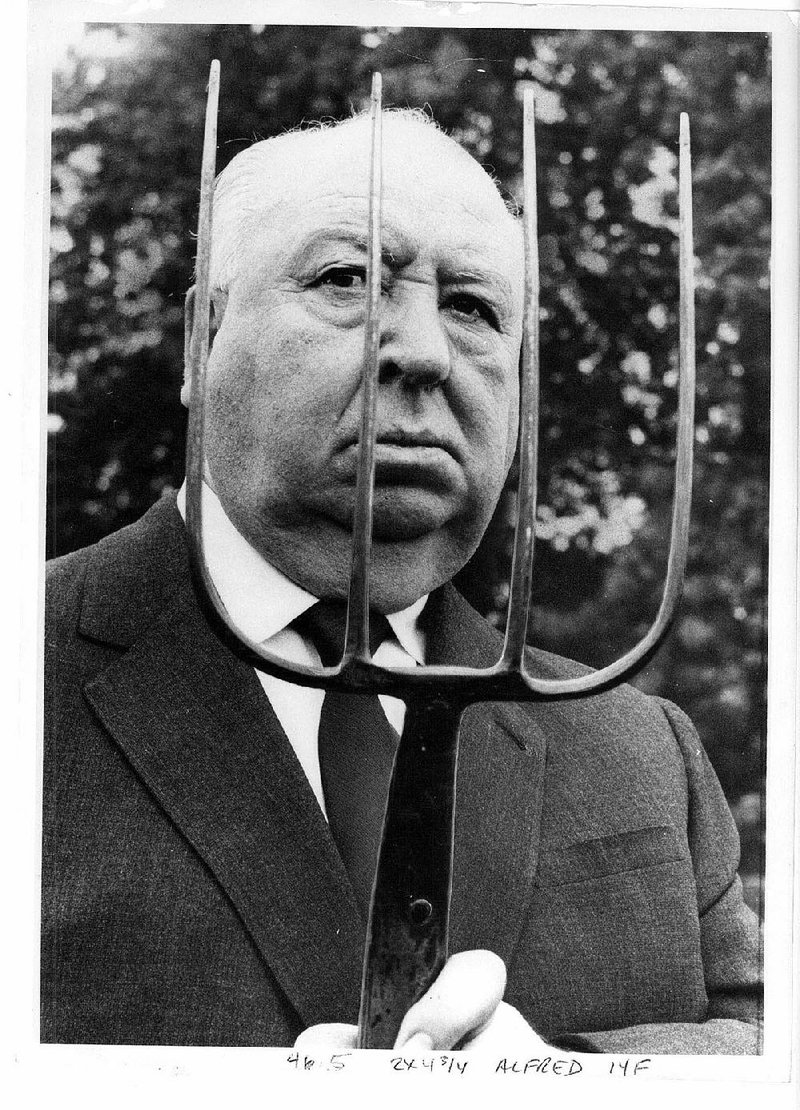NEW YORK -- As he wrote The Woman in the Window, the author who calls himself A.J. Finn was thinking of a certain master of suspense: Alfred Hitchcock.
"Hitchcock proved that suspense can be just as effective -- if not more so -- than surprise; that restraint and taste could trump sensational scare tactics and cheap tricks; that style might enhance a story rather than overwhelm it," Finn, pen name for the critic and literary editor Daniel Mallory, said.
"Above all, though, he emphasized psychology, from the Oedipus complex of Norman Bates to the folie a deux that binds the killers in Rope, from James Stewart's mounting obsession in Vertigo to Teresa Wright's reluctant coming of age in Shadow of a Doubt. With The Woman in the Window, I've tried to tap into his brand of timeless sophistication and that legendary psychological depth."
Nearly 40 years after his death, Hitchcock remains a brand name in the thriller genre, not just among directors, but for crime writers who look to his works as models for narrative and mood. Although much of his work was adapted from novels and short fiction, Hitchcock is the only filmmaker to receive a "grand master" Edgar award from the Mystery Writers of America, a lifetime achievement prize that has been given to Agatha Christie, Elmore Leonard and James M. Cain.
"The term 'Hitchcockian' was invented to describe certain qualities that he exemplified," says Paul D. Marks, a prize-winning crime writer. "He may not have invented all of them, but he certainly made them his own. Things like innocent people being accused or caught up in a series of events they don't really understand, but have to figure a way out of. Average, normal people getting thrust into those situations, feeling a sense of vertigo until they can get their bearings and get back to some semblance of their normal lives."
Otto Penzler, a leading editor of crime fiction and owner of the Mysterious Bookshop in Manhattan, says that Hitchcock's mastery of showing ordinary people caught up in events beyond their control can be found in the fiction of Thomas H. Cook and Alan Furst, among others. He also cited Mary Higgins Clark as one who "fully understands the Hitchcock methodology." Clark said that she admires Hitchcock's "ability to create tension before the main character is even aware of the impending danger."
"The reader is thinking 'be careful' as the protagonist, unsuspecting, puts herself in danger," Clark said. "I think my book A Cry in the Night is an example of this technique. Again, insinuating suspense before it is realized by the central character makes the reader feel helpless and creates wonderful drama."
The Alfred Hitchcock Mystery Magazine, founded in 1956, remains a favored publication for crime writers to see their work. Linda Landrigan, editor of the magazine, said many writers submitting stories were fans of Alfred Hitchcock Presents, a TV series from 1955-65 that the director hosted."The shows on the series do share more elements in line with short stories -- the narrative arc, and the ironic payoff at the end," Landrigan said.
"His use of the single, telling detail -- a look, a word -- and his ability to build suspense, often by letting the audience be (or letting the audience think they are!) just ahead of the characters -- are invaluable," says S.A. Rozan, an Edgar nominee this year. For her nominated story "Chin Yong-Yun Stays at Home," Rozan drew in part on Hitchcock's "economy and restraint, as well as his ability to get the audience to trust that he knows where he's going even if you don't."
Style on 02/18/2018
